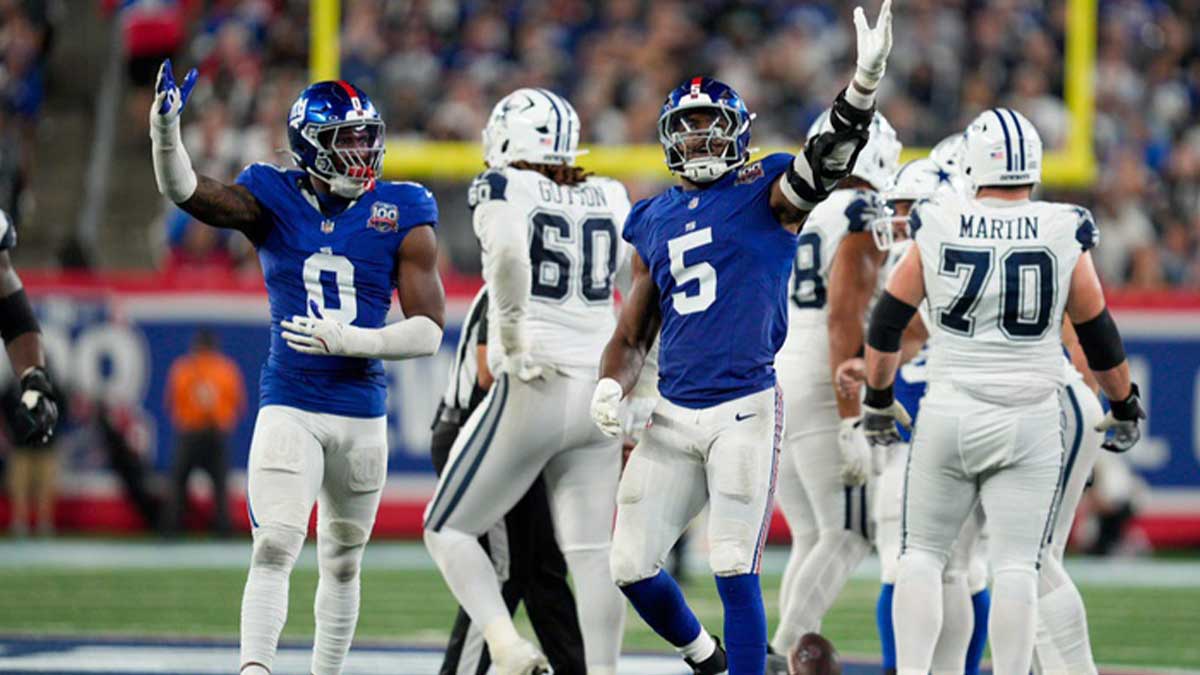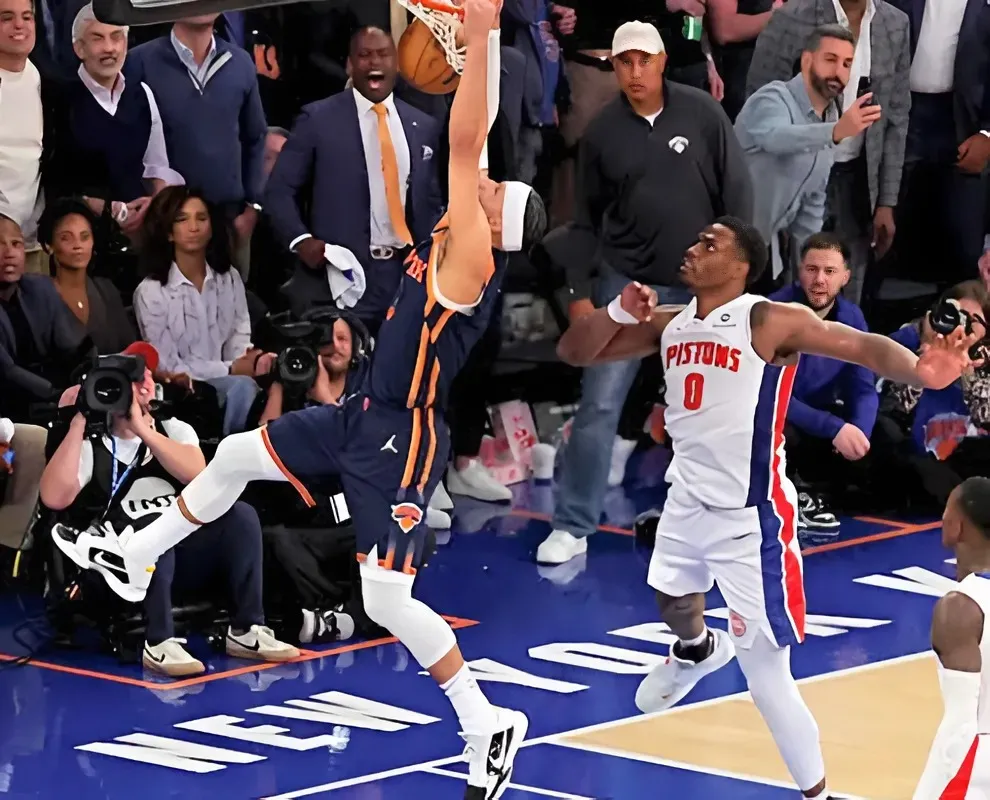Amongst their rivals in the NFC West, the Seattle Seahawks were a fairly serious outlier in the 2025 NFL Draft. The rest of the division was either balanced in their approach or went hard after defensive help. John Schneider and the Seahawks loaded up on the offensive side of the ball.
Nine of Seattle's eleven picks came on offense. Arizona, Los Angeles, and San Francisco had a combined 24 picks, and 15 of them – more than 60 percent- were spent on defense. This isn’t all that surprising. Seattle, after some roster moves and adjustments to Mike Macdonald’s concepts, developed a reasonably good defense last year.
However, Schneider blew up some significant components of his offense and needed a reboot.
Ranking the Seahawks draft versus the rest of the NFC West
The other teams in the west were all struggling on defense in some manner. San Francisco was finally getting old, and John Lynch hasn’t been hitting quite as many home runs in the draft of late. Arizona is also aging and has been trying to give head coach Jonathan Gannon the kind of defenders he wants.
As for the Rams – well, no one is ever sure what GM Les Snead is going to do. We’re pretty sure whatever he does will work most of the time.
So how did the four teams in the NFC West do in the 2025 NFL Draft?
Let’s do a quick ranking. Because this will be a cumulative grade, not one based on value, it should come as no surprise that teams with a lot of picks did better than those with fewer. Both Seattle and San Francisco had 11 picks this year, tied for the most in the league. Arizona had seven, while the Rams had just six.
4. Los Angeles Rams
- Total picks: 6
- Key additions: Terrance Ferguson, Josaiah Stewart, Jarquez Hunter, Ty Hamilton
- Grade: C+
Their grade will remain the same, but their ranking is conditional based on something we will discuss with the next team. The Rams didn’t have many picks. That never seems to bother Snead. He traded away a lot of the future to acquire Matthew Stafford several years back and won a Super Bowl.
His savvy moves since then have avoided the rebuild that everyone expected. He has been able to reload on the fly and now has arguably the best roster in the league.
The approach seems obvious. Load up on the defensive front seven. He did it last year, and though he only had six picks this year, he did it again. Three of his first five picks were for front seven defenders, including a Big Ten edge in Stewart and another Big Ten tackle in Hamilton.
He also got an athletic linebacker out of the SEC in Chris Paul, Jr. I’m not as sold on his top pick – flex tight end Terrance Ferguson, who Snead grabbed in round two. He’ll be good, but I don’t think he’s special. In the fourth, he did get a guy who could be special in a limited backfield role. Jarquez Hunter is a short, powerful speedster who runs well but has several limitations.
3. Arizona Cardinals
- Total picks: 7
- Key additions: Walter Nolen, Will Johnson, Jordan Burch
- Grade: B-
The Cardinals had the standard seven picks – one in each round. The first four were their native picks, while the final three were part of trades. The thing that leaps off the page is how overwhelmingly they invested in defense. The only offensive player they chose was 6th-rounder Hayden Conner, who projects as a backup guard.
At the top of the draft, Arizona got three potential game changers on defense. Tackle Walter Nolen and edge rusher Jordan Burch could both be very good. However, the real key to the draft came in round two, where they took Michigan cornerback Will Johnson.
Had it not been for the Shedeur Sanders saga, Johnson’s fall would have been a much bigger story. He is a potentially Pro Bowl-caliber perimeter corner who is dealing with an injury that scared some teams off.
This grade is based on Johnson being at or near his top level; if he isn’t, the grade and ranking both drop. I do like what the Cardinals did at the end of the draft, getting Kitan Crawford, a gifted but raw safety talent. That’s a good dart throw in the last round.
2. San Francisco 49ers
- Total picks: 11
- Key additions: Mykel Williams, Alfred Collins, Jordan James
- Grade: B+
With eleven total picks, a B+ grade isn’t all that great. As usual, the 49ers benefit from the compensatory pick system. They have had one of the best rosters in football for some time now. Consequently, they always lose players in free agency, and John Lynch has been a master of turning that to his advantage.
But I’m not sure the magic is still there. I very much like several of this year's picks, but a few others are head scratchers.
On paper, San Fran was balanced between offense and defense, but in practice, they leaned heavily into the defensive side of the ball. Their first five picks were defenders. All of their offensive players came on day three. In edge rusher Mykel Williams and tackle Alfred Collins, they got some real power up front.
A few rounds later, C.J. West adds to that rebuilt defensive line. But they also seemed overly enamored with a couple of speedy, undersized players in Nick Martin and Upton Stout. We'll see how the once-and-future DC, Robert Saleh, fits them all together.
On offense, San Francisco did little of consequence, except for adding a strong, workhorse back in Jordan James, who should thrive in the Shanahan system.
1. Seattle Seahawks
- Total picks: 11
- Key additions: Grey Zabel, Nick Emmanwori, Elijah Arroyo, Damien Martinez
- Grade: A
I won’t belabor this. We’ve covered the Seahawks' picks over and over. Though I am not personally enamored with the Jalen Milroe selection, it appears that John Schneider acquired a half dozen players who should make significant contributions to Seattle in the short term. A couple at the top of the draft could be Pro Bowlers within a few seasons.
Seattle is implementing many changes in year two under Mike Macdonald, and Sam Darnold will have to rise to the occasion. Questions clearly remain. But at least they had a very good draft.


-1751474382-q80.webp)
